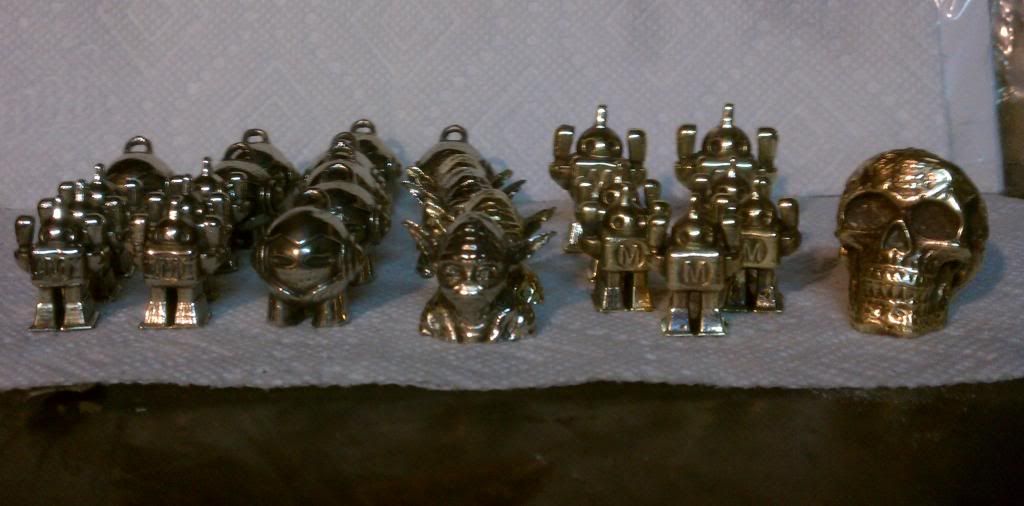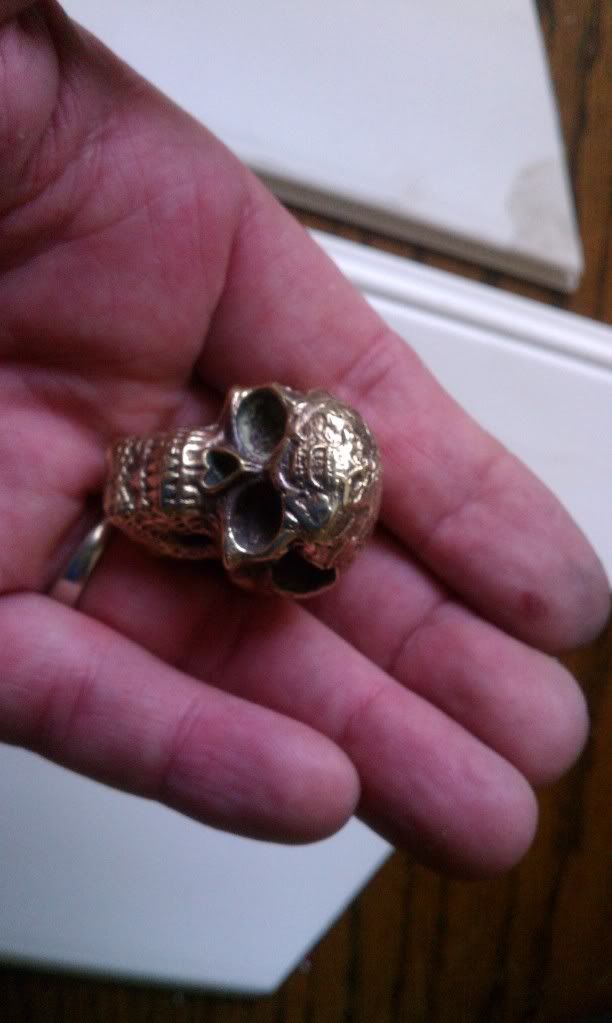We have done a lot of this in our lab at the University over the last few years. We use a Dimension Uprint which uses ABS plastics. We are using Kerr Satin cast investment powder, but I think the results would be much better with a ceramic shell (which is going to be my next try). We had OK results using an electric kiln, but lately have been using a gas kiln which seems to give better results. People I have talked to say that the burnout is more complete using gas than electric, whether this is true or not I have not been able to prove, but it does seem to work better. In any event, we can easily capture the detailed texture of the 3D printed surface, so I am quite satisfied with it.
We also have made some molds using the 3D printer and than wax injected them, this works well also.
We have also made some patterns using the 3D printer for use in sand castings. This works very well and has allowed us to make some excellent castings using a mix of old and new technologies. When done with the Petrabond sand that we use, very fine detail is possible with this as well.







